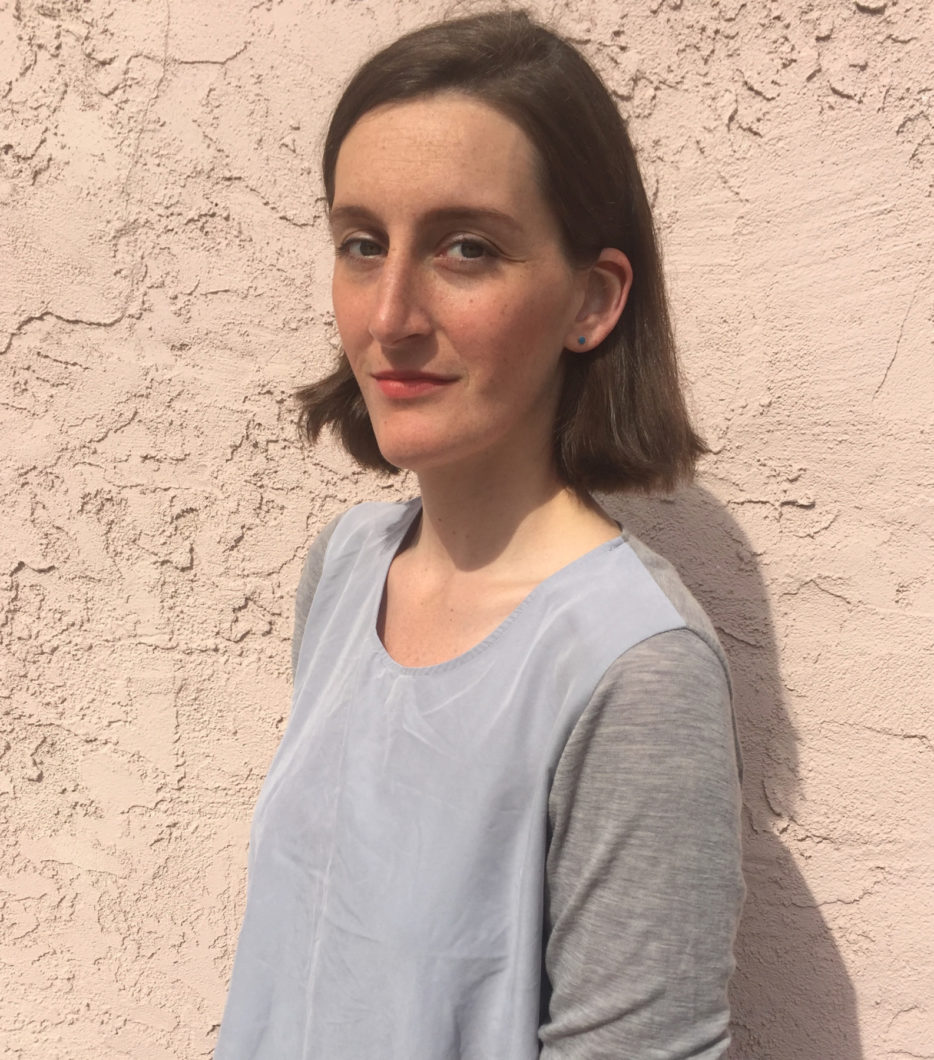
Australia is home to wildlife found on no other continent. Quirky mammals, such as burrowing wombats and screeching Tasmanian devils, are sources of national pride, yet many are endangered. Australia has the highest mammal extinction rate in the world—thanks, in large part, to a burgeoning population of feral cats.
Cats aren’t native to Australia; they likely transitioned from shipboard rat-catchers to mainland predators in the late 1780s, accompanying early English colonists. But it only took a few decades for them to become established and wreak havoc on the country’s prized small mammals.
Concerned by the startling efficiency of these hunters, the Australian government devised a plan to kill two million cats by 2020. The strategy includes enlisting shooters to pick off particularly menacing felines, which manage to rack up high numbers of kills. There are also more outlandish solutions such as dropping poisoned sausages by plane, to the dismay of cat lovers around the world.
In “The Culling,” published by The New York Times Magazine on April 25, 2019, environmental journalist Jessica Camille Aguirre braids together the history of Australia’s complex ecology with current efforts to control the cats in favor of preserving native species.
The idea of weighing different creatures’ lives against each other interested Aguirre from the start, when she first read about the cat culling plan in a book. But capturing the complexity of a conservation strategy centered on killing—and the inevitable backlash it invites—would take some heavy lifting in both reporting and crafting her story.
Aguirre, who’s currently freelancing from Karlsruhe, Germany, spoke with Christine Ro about wrangling the logistics of her reporting trip, creating a vivid narrative, and finding balance on such a polarizing subject. (This interview has been edited for length and clarity.)
How did you come across the idea for this story?
I was reading a book by a woman named Ursula K. Heise. She teaches at UCLA and the book was called Imagining Extinction: The Cultural Meanings of Endangered Species. She makes mention of the Australia cat cull program. And it really struck me for its scope. So I looked it up to find more information, and some of the first pieces that I came across were these really polemic news articles about a young bowhunter named Zach Williams, who’d become very controversial for being upfront about shooting feral cats.
So I had a few interviews with scientists in Australia, I talked to Zach, and I realized that there was enough to begin trying to sell the story. And knowing these kinds of stories are so resource intensive, I wanted to look for support. So I submitted a pitch to the Matthew Power Literary Reporting Award, and I won it, so I was able to approach The New York Times Magazine with significant support already in hand. [The reporting trip took] six weeks, which was only possible with the support of the award.
The logistics of your reporting trip must have been complicated, with many different sources, from ecologists to hunters, all over Australia. Can you unpack how you planned out your trip?
It was a logistical undertaking. Australia’s enormous, and each one of these elements took place in a really remote area. The Scotia Wildlife Sanctuary was about a six-hour drive from Adelaide, and then I drove from there to Melbourne to meet with the environment minister. The shooters were outside of Brisbane, the baiting team was outside of Perth.
And for a lot of these things, whether it’s shooters or scientists, they all are taking place according to their own schedules as well—which meant that each one of them was liable to change. So it was just a matter of having a lot of conversations and touching base again and again, and really being willing to do an enormous amount of preparation, but then also being willing to be absolutely flexible at the last minute.
The story opens with a plane ride during which two men drop thousands of poisoned sausages onto Australian land. Why did you decide to introduce the story this way?
I had this vision from the very beginning about how I could set up the whole story. You know, some people talk about moments in a story [as being shown through] a movie lens. And I became very enamored with this idea that I could set up this entire story by zooming out really far over the entire landscape, by using the perspective of the baiting plane.
How did you capture the rich visual details in the opening, such as “mantle of ghostlike smoke bushes” to describe the landscape, and the other sensory imagery throughout the story? Did you write down your impressions during reporting or did you rely on photos you took?
For months beforehand, I’d been trying to get up in the plane. But they had rules and I think weight limits on the plane. So I ended up convincing the bombardier to take my camera up and film the ascent so that I could describe it.
I’m constantly jotting down notes and observations as I’m walking around, and there was a lot of walking through the landscape for this piece. I also took pictures.
A writing professor once told me to always use all of your senses. And one of the senses that often gets overlooked is the way things smell. I’m not sure why, but that made an enormous impact on me. So wherever I go, whatever I do, I always write down how a place smells.
You also include some great, pithy quotes from scientists. I often find these difficult to get because they might ramble or speak in really technical ways. How did you get them to talk more candidly?
I think that it’s important to spend a lot of time with people so that they speak to you plainly. With Katherine Moseby, who said “you’ll just end up with cats and cockroaches,” we spent hours and hours and hours in her truck, driving up to the sanctuary that she had founded. And then I spent a night at her house where she lives with her husband, who also works on these issues and developed a robot that targets cats with an injectable poison. I spent a ton of time with the baiters, including at a bar drinking beers.
It’s also important when you are building that kind of relationship with a source to be really clear about what your role is there. I think it’s incumbent on journalists to remind people that everything that they say is on the record, unless there’s been an agreement beforehand. But aside from that, I think that there’s a natural intimacy that comes between two people when they spend a lot of time together, and people speak more directly after they’ve let the formality of the first few hours fall away.
So in those more informal settings, like drinking with the baiters or staying at Moseby’s house, were you still recording what they were saying?
It depends. I just put the recorder on the bar and I had my notebook on the bar or on my lap. So it’s an informal conversation but it’s also clear what’s happening. I have a tendency to keep my recorder on all the time, and I will end up not using 99.9 percent of what’s on the recorder. But if there is something that comes up, I’ll just make a quick note of what time the recorder has so that I don’t have to go through six hours of tape afterward.
With Moseby, actually it was funny. She said [the cockroaches quote], and I dropped my bags and grabbed my notebook. I actually ended up asking her to repeat that, because I knew that I wanted to quote her on it. And I also wanted her to know that I was going to do that.
In the piece you strike a delicate balance between the perspectives of people who see the ecological value of culling the cats and those who oppose killing animals similar to their beloved pets. How did you set up that balance?
I think that I reported this piece from a perspective of a deep kind of ambivalence, because that’s how I felt about the subject. So I wanted the reader to feel this kind of dual sense of dismay—and maybe have an idea about what has become this more or less terrible responsibility to do something that we might naturally recoil at in order to serve a larger good.
This entire piece from the very beginning has a sense of really dark humor to it. There’s something really astonishing and absurd about this entire thing, part of which is rooted in the randomness with which we assign value to the lives of different animals. Like who’s to say that a kangaroo is more valuable than a fish, or a cat’s life is more precious than a chicken’s.
Perhaps it’s no more contradictory than loving animals and then eating them as well?
Right. These cats, they are living out in the wild and doing whatever they want. And yet the fact that we kill them is outrageous to some people. And some of those people are the same people who are eating animals that are kept in deplorable conditions and also being killed en masse, and who wouldn’t even exist if it weren’t for the fact that they were meant for consumption.
I mean, I love cats. A lot of people I spoke with said that to me too, including scientists like Dave Algar, who developed the baiting sausages. He has two cats at home. So there is this possibility for people to contain paradoxes within themselves.
At the end, there’s again this darkly humorous, but ultimately tragic, aspect. It’s a man decrying the killer—at the moment he becomes a killer.
I’m sure the responses to your story must have been quite polarizing. What were they like, and how did you deal with negative comments?
I definitely got backlash. I received a lot of nasty messages, lots of social media stuff. But, you know, given the reaction that some of the scientists have gotten, not even to mention the bowhunters or shooters, I wasn’t that surprised. It’s dismaying, I think, because it’s a reflection of the degree to which our discourse has been degraded.
To have any kind of good and accurate temperature check, I think it’s helpful to step away from digital spaces. So I had a lot of conversations with friends and family about the piece. And some of my friends told me they couldn’t read it because they were cat lovers and they found it all too appalling. But I had some family members say that they had discussed the piece and found themselves disagreeing with each other about it and getting into a long conversation.
That to me is really valuable—if you can inspire someone to reflect on an issue and also discover that they are not necessarily aligned with people they thought they might be aligned with, and to be forced to explore that disagreement.

Christine Ro is a freelancer who writes about science mainly for BBC Future and Forbes.


